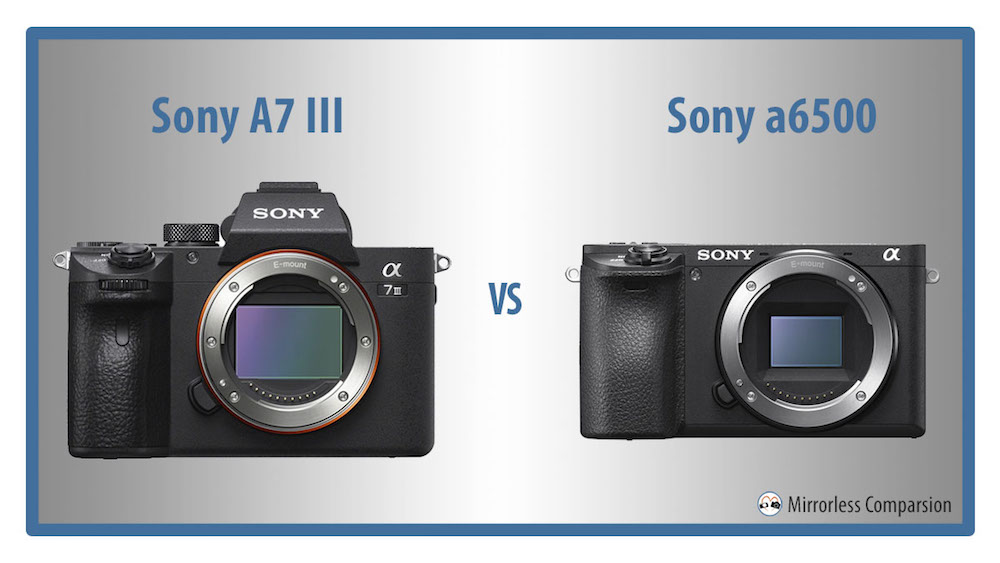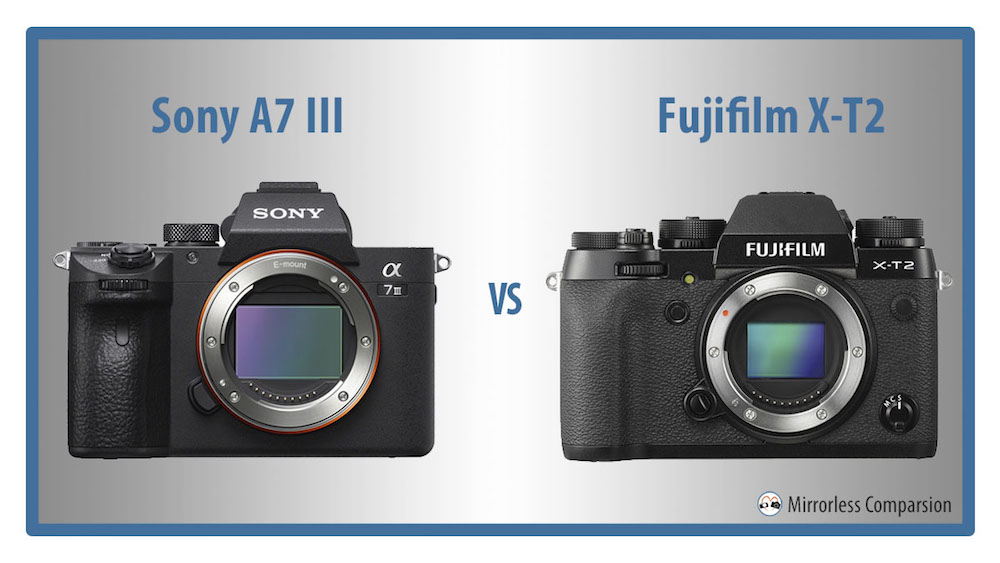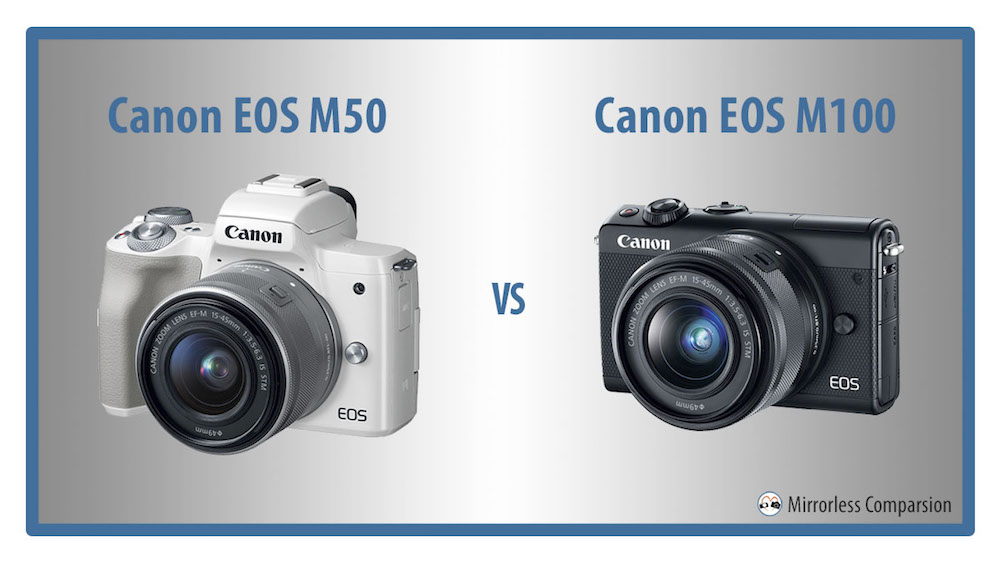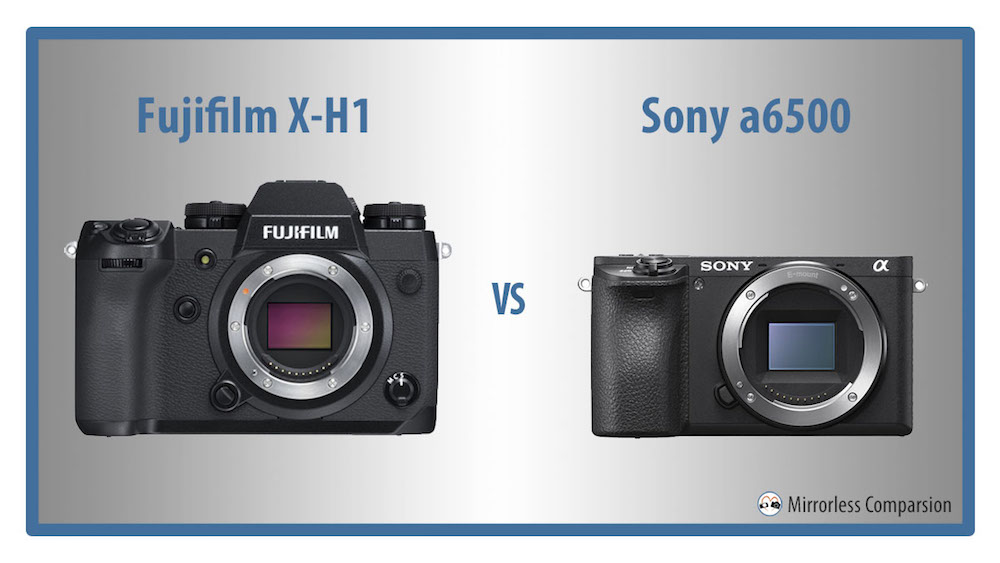The full-frame Sony A7 III is the brand’s latest full-frame E-mount model and also the most well-rounded in the range thanks to its brand new 24MP sensor, impressive number autofocus points, 5-axis in-body stabilisation and 4K video with full pixel readout. In fact, some are already calling it the “Mini A9” for the photographer on a budget.
But what about the a6500, the flagship camera of Sony’s APS-C range? It too can be called an all-rounder, as it incorporates many similar specifications to the A7 III – albeit inside a flat-topped body – so it is only natural to wonder how the two compare.





